#reticulata
Explore tagged Tumblr posts
Text


Character and commission belongs to verminfuneral!
830 notes
·
View notes
Text
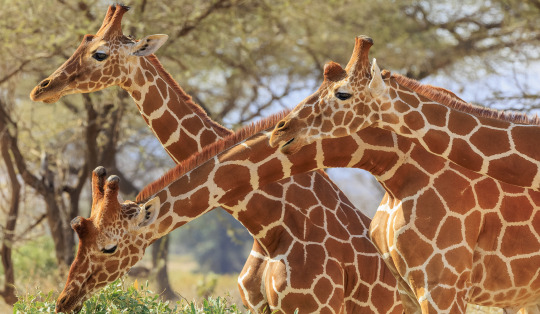
Reticulated giraffe Giraffa reticulata
Observed by garyleavens, CC BY-SA
252 notes
·
View notes
Text




giant african land snails (lissachatina reticulata) | paya_exotics on ig
#stim#snails#animals#giant african land snail#sfw#brown#beige#orange#white#food#gastropods#molluscs#tongs#water#lissachatina reticulata#hands free#ishy gifs#requests#postish
681 notes
·
View notes
Text

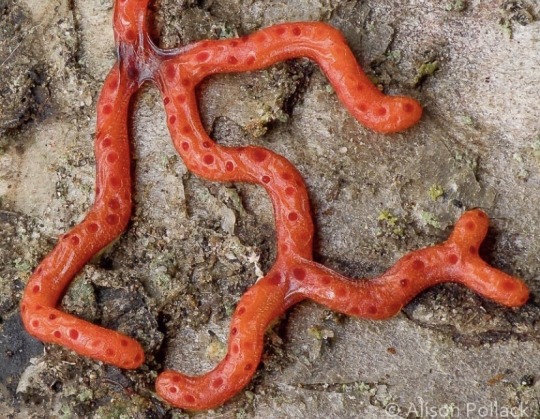
Willkommlangea reticulata
by Alison Pollack
#willkommlangea reticulata#willkommlangea#slime mold#myxomycota#slime mould#alison pollack#microbiology#microbiota#microorganisms#macro photography#texture#trypophobia
1K notes
·
View notes
Text
As families gear up for the Year of the Snake, beginning Jan. 29, no Lunar New Year celebration would be complete without Mandarin Oranges (柑), the sweet, tangy, and conveniently peelable fruit adorning decorated homes, offices and eaten by visitors as a snack.


Visits to homes during Chinese New Year are usually accompanied by the exchange of Mandarin oranges. The Chinese words for orange sound like “luck” and “wealth”, and it is considered rude to visit anyone's home during Chinese New Year empty handed.



youtube
Mandarin Oranges (Citrus reticulata) and tangerines indeed originate in China (which is still the main producer of the fruit worldwide). Several languages have words for oranges meaning “apple of China” like Swedish apelsin or Dutch sinaasappel. English uses tangerine as the port of Tangier in Morocco became a major exporter.


Portuguese seafarers were the first Europeans to sail into East Asia. They encountered high officials (counsellors of the sultans, comparable to ministers) which in Malay were called menteri, which is close to the Portuguese word for “to command”: mandar, so the word mandarin was used in reports in 1524.
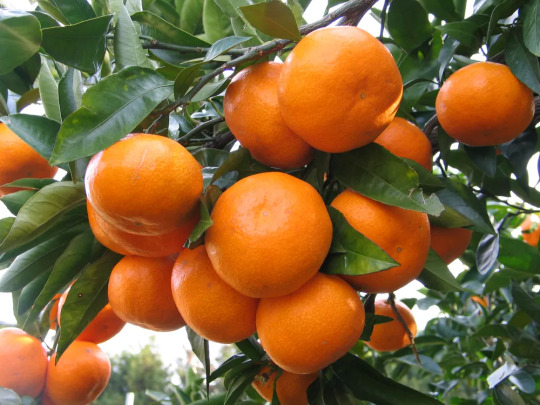
The Chinese learned high officials called 官 (guān) that the Portuguese met later, wore Orange-coloured robes, so the name mandarin stuck for the civil servants, the language they spoke and the fruit.

#Chinese New Year#农历新年#Lunar New Year#Mandarin Orange#柑#Citrus reticulata#Citrus#Year of the Snake#蛇年#Happy New Year#新年快乐#Spring Festival#春节#2025#Chinese Festival#Chinese Culture#Fruit#Youtube#Snack#Food#Buffetlicious
148 notes
·
View notes
Note
They seem to have found another spotless giraffe calf. In the wild, in Namibia.


Wow, what a coincidence! And it’s a different subspecies, the previous was reticulated and this one is an Angolan! Sending good vibes that they make it to adulthood. Read more about it here. Here are two of the other three known patternless giraffes the recent one born in Tennessee and one from 1972 in Tokyo!


#color mutation#giraffe#reticulated giraffe#Angolan giraffe#Giraffa camelopardalis#Giraffa camelopardalis reticulata#Giraffa camelopardalis angolensis#oddball#ask
1K notes
·
View notes
Text
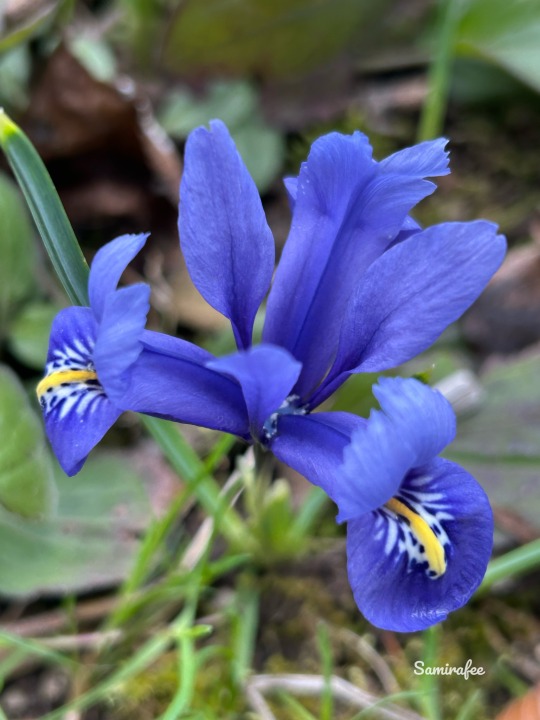
#IRIS RETICULATA - DWARF IRIS - ZWERGIRIS
@samirafee
#source: samirafee#own picture#photographers on tumblr#nature#plants#my garden#iris reticulata#dwarf iris#zwergiris#spring flowers#spring#blue#march 2025
50 notes
·
View notes
Note
i don't know who you are but I saw entomologist and objectum and I hit follow.
can you tell me a fact about bugs :)
YES!!!!! phausis reticulata "blue ghost firefly" is a species of firefly that looks a pretty normal green close-up, but when seen from far away, their glow looks blue, hence the name!! they also have a steady glow, unlike other species who have a blinking glow as a mating ritual.
there aren't really any non-photoshopped images of the blue glow, but here are some regular photos of them
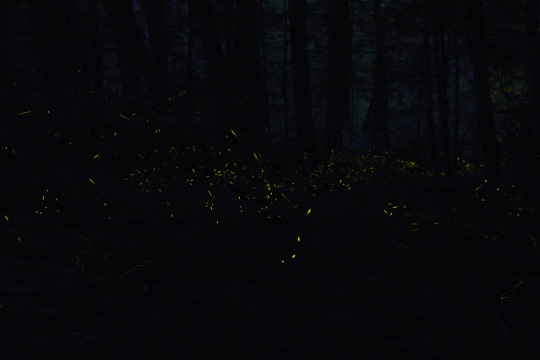
observed by cadecampbell, CC BY-NC

observed by lovetheland, CC BY-NC
#yap sematary#sometimes anon is better#entomology#inaturalist#phausis reticulata#phausis#firefly#blue ghost firefly#fireflies#lamprohizinae#lampyridae#elateroidea#elateriformia#polyphaga#coleoptera#pterygota#insecta#insects#bugblr#insectblr#invertiblr#invertblr#invertebrate#invertebrates#invert#inverts
24 notes
·
View notes
Text
Fish of the Day
Today's fish of the day is the guppy, by special request of @guppiesareamazing !

The guppy, also known as millions in some English dialects, and scientific name Poecilia reticulata, is a well known freshwater fish. Common across every continent but Antartica, the natural range of the guppy stretches across the warm and tropical waters of South America and the Caribbean, from as far North as Venezuela, far South as Bolivia, and stretching Pacific to Atlantic oceans. Living in smaller streams or ponds due to poor swimming skills in faster waters, these fish are known for their ability to withstand brackish and slightly salty freshwaters, with an ability to be acclimated to saltwater (similar to their close relatives, mollies). Although, saltwater guppies have far fewer offspring. These fish are benthic, living on the river bed, but require water temperatures around 23-24 °C to survive. They can live in any elevation, with some restriction on increased pressure, and due to their highly adaptable way, are incredibly common in the aquarium trade!

The reason for the widespread populations across the globe is due to their habit of eating mosquito larvae, meaning they were often intentionally imported in an effort to control malaria. Although current studies show this was ineffective at best as a control method. However, these populations have caused issues worldwide. Since they are highly adaptable, guppies tend to kill out local species, bringing both competition for food, and disease. In particular, guppies are known for carrying: a parasitic flatworm species known as Gyrodactylus turnbulli which causes the host to swim erratically before dying, waiting for other fish to feed on the corpse so it can infect another host. Along with fin rot, ich, swim bladder disease, and columnaris bacteria, all of which is infectious to other fishes. In the United States, guppies are known particularly for being a problem along the Southwest, and Southeast, driving out cyprinids and killifishes, and damaging damselfly populations.

As discussed earlier, the diet of the guppy is made up of algae, zooplankton, insects/larvae, and surrounding detritus. Foraging for sustenance is common, and they travel in shaling groups as large as 30 individuals. These foraging groups help keep the fish calm, and spending less energy on anti predatory behaviours, leading to guppies that are less aggressive and less competitive, the same reason they need to be kept with multiple of their species in hobby tanks and captivity. In both wild and captivity, this fish is often predated on, especially considering they only grow to an adult size of 4-7cm in length.

However, guppies have several tactics for avoiding predation. Considering the bright colors of male guppies, the schools help populations of guppies under high predations, as sholes band together to make antipredator decisions. In these groups, some guppies act as inspectors, approaching predators to assess the danger, and are thought to report back to the larger group, although research is still being conducted. Other tactics, such as the ability to darken the iris of the eyes from silver to black, draws predator attention toward the head of the animal, giving the fish an easier time pivoting out of the way of a strike than if the predator aims for the center of mass. All these abilities to avoid predators only aid the guppies ability to adapt to new areas, making them such an issue as an invasive species.
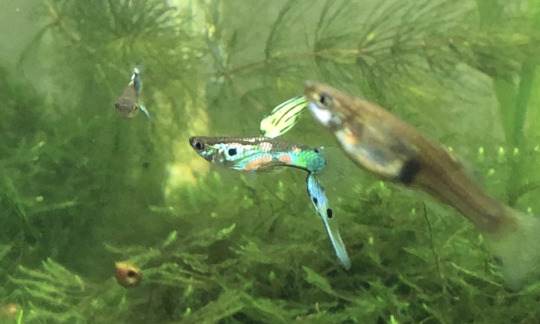
The lifecycle of the guppy is like that of many other small fish. There are two generations per year, as male fish mature at the ripe age of 2 months and females mature at 3 months, with maturity causing males to exhibit sexul dimorphism dependent on the amount of a certain thyroid hormone that influences color patterns, as female guppies are attracted to brighter colors. Many of these bright colored males are bred specifically for different bright and flashy colors in the freshwater trade, leading to the many different variants of them in the hobby aquarium market. Their total lifespan is only around 2 years, and most fish will survive to see 3 breeding seasons total throughout their lifespan.

Female guppies give birth to live young, who can swim immediately and are often eaten by the parents soon after birth. In mating itself, females will take on multiple male mates a season, despite being incredibly picky about which they choose. This is thought to be in an effort to avoid inbreeding. Most of the choices that female fish make are based on the number and prevalence of orange spots on the flank and caudal tail of the fish. The orange spots are made up of a pigment that the guppies can not synthesize, and must be obtained in the diet. These spots show how healthy the male is, and is a good show for the presence of parasites. After a show of courtship behaviour and an acceptance, the female fish will gestate for 21-30 days, before giving birth to anywhere from 30-200 fry over the course of several hours. Although common, female guppies do not always eat their fry, and this can be prevented entirely by keeping the adult guppies happy and full of live prey, such as brine shrimp, well raising fry.
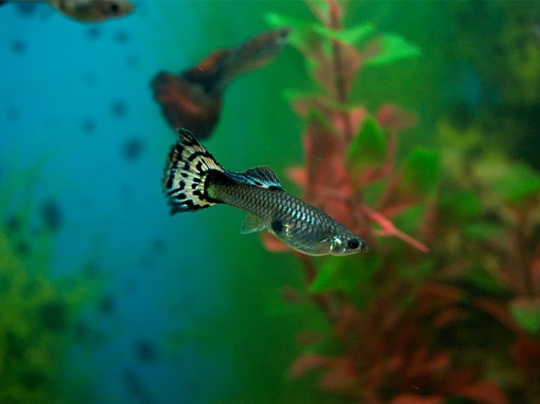
That's the guppy, everybody! Hope everyone has a wonderful day!

#guppy#guppies#Poecilia reticulata#fish#fish of the day#fishblr#fishposting#aquatic biology#marine biology#freshwater#freshwater fish#animal facts#animal#animals#fishes#informative#education#aquatic#aquatic life#nature#river#ocean#hobby tank#freshwater tank
39 notes
·
View notes
Text
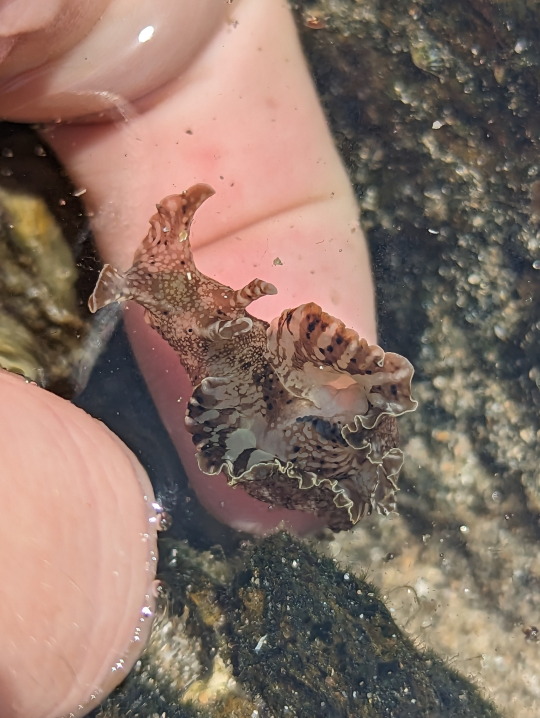
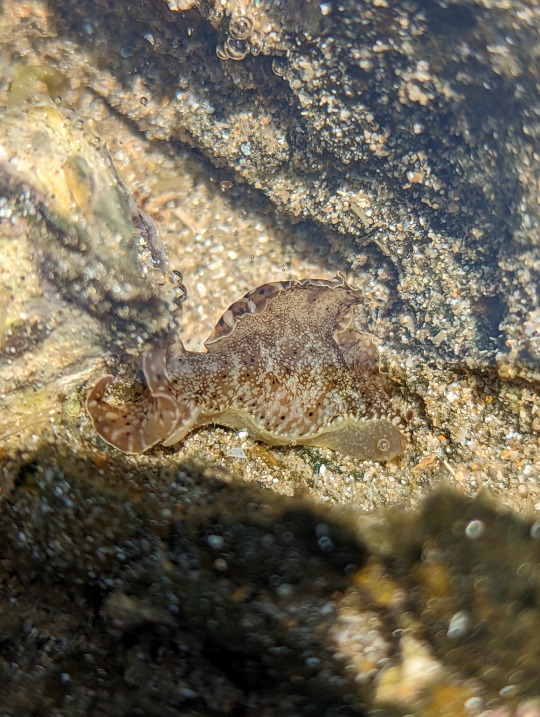
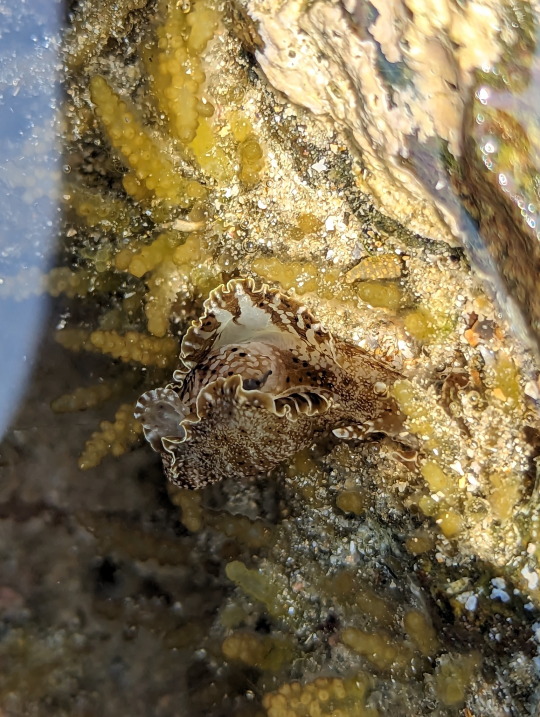
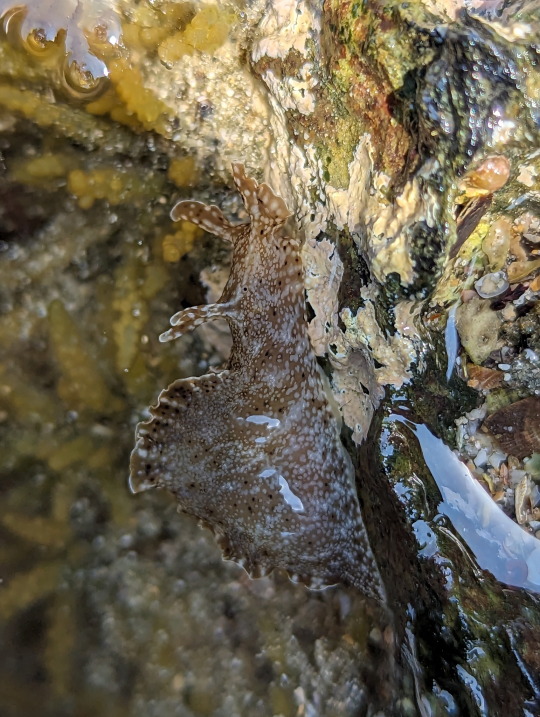
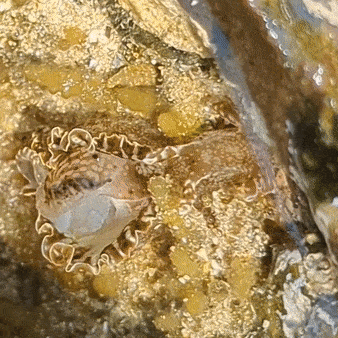

Beautiful sea hare found in a shallow tidepool.
06/11/23 - Aplysia reticulata
QLD:WET - Etty Bay
#invertblr#invertebrates#gifs#Aplysia reticulata#Reticulated Sea Hare#Aplysiidae#Seahares#Heterobranchia#Heterobranchs#Gastropoda#Gastropods#Mollusca#molluscs#mollusks
96 notes
·
View notes
Video
reticulated giraffe artis ED8A1177 by safi kok
#animal#Africa#afrika#mammal#zoogdier#dier#Artis#giraffe#giraffa-camelopardalis#giraffa-camelopardalis-reticulata#giraf#netgiraffe#mother and child#Moeder en kind#flickr
36 notes
·
View notes
Text
I think people can tell that Iris reticulata are my favourite spring flowers. 😅
I'd plant them everywhere if i had the money for it.


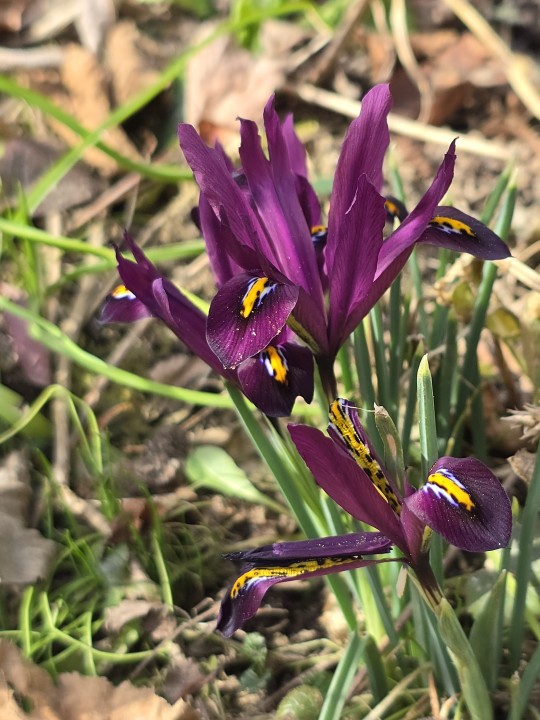
Bonus pic: Krokus
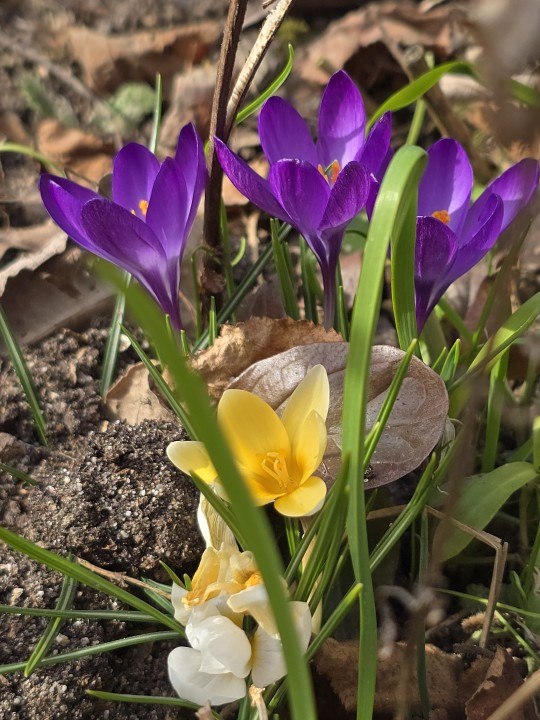
#spring flowers#spring#another walk through the garden#everything is starting to grow#flowers#iris#iris reticulata
13 notes
·
View notes
Text
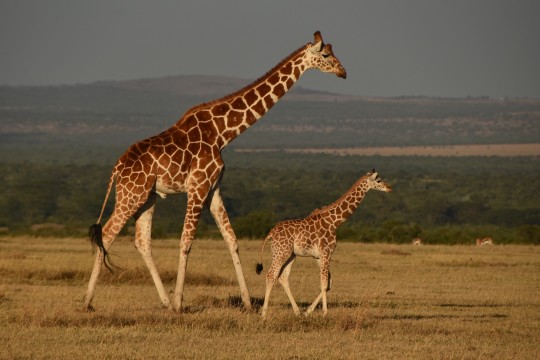
Reticulated giraffe Giraffa reticulata, front
Eastern Thomson's gazelle Eudorcas thomsonii thomsonii, back
Observed by calum_mclennan, CC BY-NC
#multi-ungulate#Giraffa reticulata#reticulated giraffe#Giraffidae#giraffe#Eudorcas thomsonii thomsonii#eastern Thomson's gazelle#Bovidae#antelope#Africa#Kenya#juvenile
67 notes
·
View notes
Text

#art#digital art#medibang paint#coloured art#colored art#artists on tumblr#Self portrait#After a fashion#Snails#Snail#Achatina#Achatinidae#A. Reticulata#Achatina reticulata#giant african land snail#G.A.L.S.
7 notes
·
View notes
Text
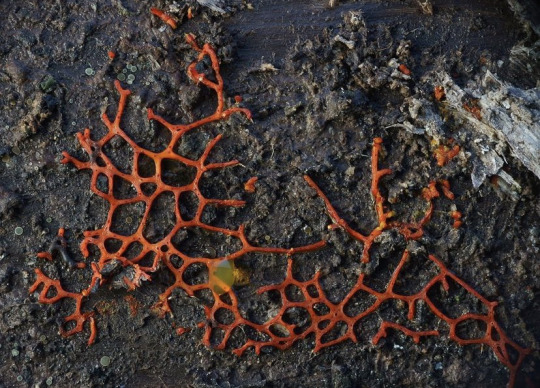
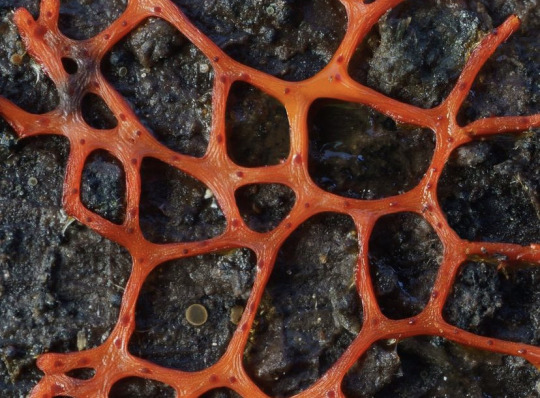
Willkommlangea reticulata
by Alison Pollack
#willkommlangea reticulata#alison pollack#myxomycota#trypophobia#slime mold#forest floor#protists#myxomycetes#myxomycology#mycology#fungi#forest#forestcore#nature#macro photography#microorganisms#microbiota#microbiology#trypo#texture
1K notes
·
View notes
Text
Suguru Kinniku/Kinnikuman (Kinnikuman)


Name: Suguru Kinniku/Kinnikuman
Series: Kinnikuman
Gender: Male
Status: Alive
Family: Mantaro Muscle (Son), Bibimba (Wife)
Flower Motif: Mandarin Blossom (Citrus reticulata)
Flower Meaning: Prosperity
Weapon of Choice: Gauntlets
Associated With: Interdimensional Hero Club
Hero Form Appearance: A mix between a pro wrestler’s getup and YuYuYu’s Hero Form outfits. The undersuit is a solid black so it can serve as a canvas for the white of the main outfit. Meanwhile, the main outfit itself is a creamy white with accents of yellow, green, red, blue, gold, gray, silver, black, and bronze. That way, no color truly overpowers the other. The boots, wristbands, cape, and belt all have patterns inspired by the mandarin blossom, and the only other accessory is the mandarin blossom cape clasp that Kinnikuman wears. The mandarin blossom’s petal shape can be seen in the cape, wristbands, and the fringe on the boots.
Full Bloom Gauge Location: Left Fist
Guardian: Kidou (Based on Kidoumaru)
Favorite Food: Protein Bars
Parallel To: None
Bio: Kinnikuman, born as Kinniku Suguru is the main protagonist of the Kinnikuman manga series written and illustrated by the duo of Yoshinori Nakai and Takashi Shimada. Originally born on Planet Kinniku and being transferred to Earth, Kinnikuman is the Japanese Chojin (Wrestlers representing each country) who gains respect and strength throughout the Kinnikuman story and is a mentor for his son Kinniku Mantaro in the sequel Kinnikuman Nisei. Kinnikuman is then a main character in the next Kinnikuman series Kinnikuman Nisei II: Chojin Tag Team and Kinnikuman 2011.
#crossover#shueisha#yuyuyu#weekly shonen jump#wsj#yuuki yuuna wa yuusha de aru#yuki yuna au#yuuki yuuna is a hero#yuyuyu au#character bio#flower#yuki yuna is a hero#flowers#yuki yuna#mandarin blossoms#mandarin blossom#mandarin orange#Citrus reticulata#Suguru kinniku#kinnikuman
13 notes
·
View notes
